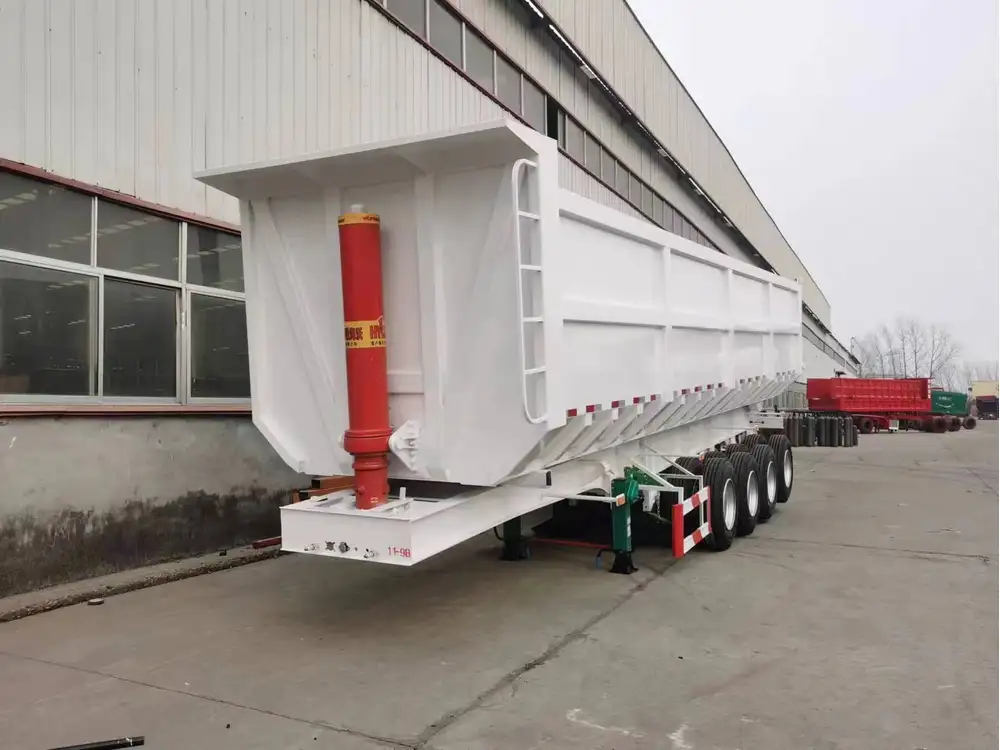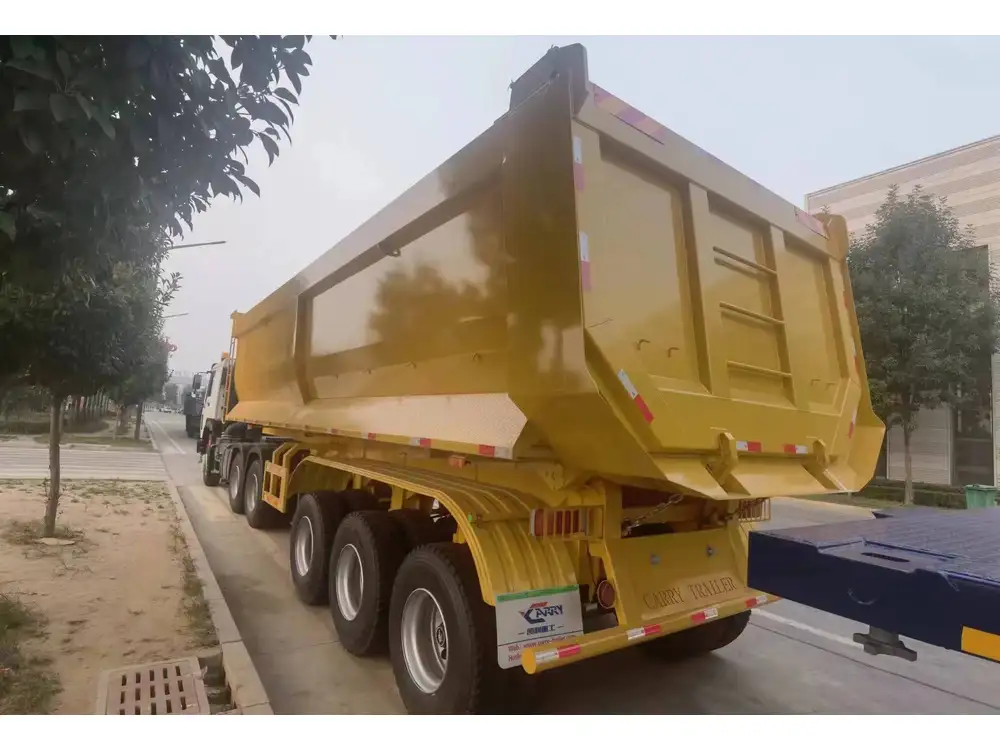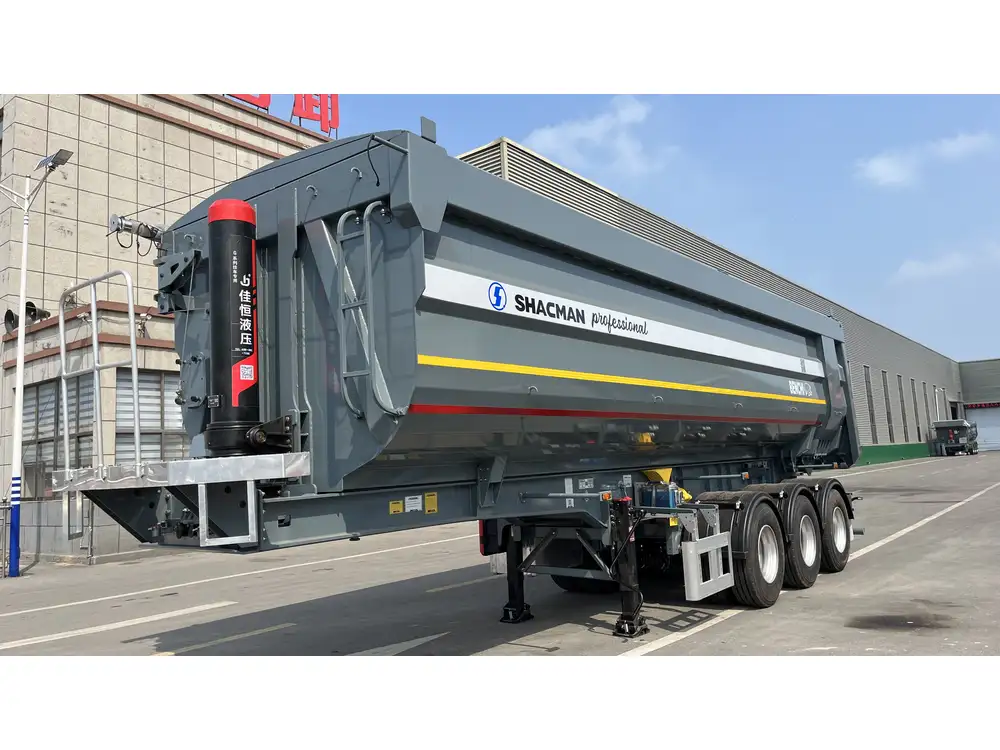Transporting round bales can be a daunting task for farmers and logistics providers alike. The challenge extends beyond the mere act of loading and unloading. An ideal approach ensures both safety and efficiency while minimizing potential damage to the bales and the trailer. Our comprehensive guide details the various methods and considerations for successfully transporting round bales on flatbed trailers.
Table of Contents
- Understanding Round Bales
- Choosing the Right Flatbed Trailer
- Preparing the Round Bales for Transport
- Loading Round Bales onto Flatbed Trailers
- Securing Round Bales during Transit
- Unloading Round Bales Safely
- Best Practices for Transporting Round Bales
- Common Problems and Solutions
Understanding Round Bales
Round bales, typically made from hay, straw, or silage, are coiled into cylindrical shapes, making them easy to handle and store. They usually weigh between 800 to 2,000 pounds depending on the material and moisture content. Given their size, the transportation of these bales necessitates careful planning to prevent damage and ensure safety, both for the bales and the vehicle involved.

Types of Round Bales
| Type | Description | Weight Range |
|---|---|---|
| Hay Bales | Made from dry grass, intended for feeding. | 800 – 1,200 lbs |
| Silage Bales | Fermented forage, high moisture content. | 1,000 – 2,000 lbs |
| Straw Bales | Dry plant matter from cereal grains. | 800 – 1,500 lbs |
Choosing the Right Flatbed Trailer
The selection of an appropriate flatbed trailer is crucial for the process of transporting round bales. Several factors play a role in determining the right trailer for this task.
Trailer Types
- Standard Flatbed Trailer: Suitable for basic striped bales; these trailers are versatile and cost-effective.
- Drop Deck Trailer: Ideal for transporting taller or heavier loads, as the lowered deck enhances stability and reduces the center of gravity.
- Gooseneck Trailer: Offers better maneuverability and stability due to the hitching point closer to the vehicle.

Trailer Specifications
- Load Capacity: Ensure that the trailer can hold the total weight of the bales without overloading.
- Dimensions: Check the length and width to determine how many bales can be transported in one trip.
- Tie Down Points: Sufficiently spaced tie down points make securing bales easier and more effective.
Preparing the Round Bales for Transport
Before loading, it’s imperative to ensure the round bales are ready for secure transport.
Inspecting the Bales
- Check for damage or moisture content. Damaged bales may lead to loss during transit.
- Make sure the bales are sufficiently dry to prevent mold growth.

Proper Handling Techniques
- Use a bale spear or a forklift equipped with appropriate attachments to minimize physical strain and enhance safety.
- Ensure the correct technique is used to lift bales—the spear should enter the center of the bale for better stability.
Loading Round Bales onto Flatbed Trailers
Loading is one of the crucial stages in transporting round bales. A systematic approach minimizes risks and enhances operational efficiency.
Load Configuration
On-end Loading:
- Bales are placed upright on the trailer. This method can increase transportation density, allowing more bales to fit.
Horizontal Loading:
- This method entails laying bales flat. While it results in fewer bales transported per trip, it may sometimes offer better stabilization.

Loading Process
- Begin from the front and work towards the back for better balance.
- Weight Distribution: Maintain even weight distribution across the trailer to prevent undue strain on axles and enhance vehicle control during transit.
Securing Round Bales during Transit
Once the bales are on the trailer, securing them is vital to prevent movement.
Tying Down Bales
Straps and Chains:
- Use durable ratchet straps or chains to secure the bales firmly. Always use the appropriate tension to avoid stress that may damage the bales or the trailer.
Mesh Tarps:
- Consider using mesh tarps to protect bales from wind and rain. While bales like silage are sensitive to moisture, hay needs to stay dry but benefits from ventilation.

Securing Techniques
- Cross-strap the bales to provide additional holding power.
- For larger loads, a combination of vertical and horizontal securing methods can ensure stability.
Unloading Round Bales Safely
Unloading can be as challenging as loading, if not approached correctly.
Steps for Unloading
- Assessment: Before unloading, assess the landing area for any obstructions or potential hazards.
- Using Equipment: Utilize appropriate machinery, like a bale spear or a hydraulic lift, to lower bales safely to the ground.
- Removing Straps/Chains: Carefully remove any securing devices only after the bales are firmly on the ground.

Safety Measures
- Always work with another person during unloading to ensure safety.
- Follow proper lifting techniques to prevent injury.
Best Practices for Transporting Round Bales
Adopting best practices can drastically improve the safety and efficiency of transporting round bales.
Regular Maintenance
- Ensure that both the trailer and the vehicle are regularly serviced to avoid breakdowns during transit.

Route Planning
- Choose a transportation route that minimizes sudden stops where the bales may shift.
- Avoid poorly maintained roads that could exacerbate wear on both the bales and trailer.
Seasonal Considerations
- In winter, be cautious of icy conditions, which can lead to increased stopping distances.
- In rainy seasons, ensure bales are sufficiently protected from water retention.
Common Problems and Solutions
Every transport operation may face challenges. Here are some common issues with solutions to mitigate them.
| Problem | Solution |
|---|---|
| Bale Slippage | Use additional securing devices like tarps or sandbags to hold the bales in place during transit. |
| Overloading the Trailer | Assess the total weight of bales before loading; do not exceed trailer specifications. |
| Weather-Related Damage | Always ensure proper coverage of bales, and avoid transporting during extremely adverse weather conditions. |
By following these detailed guidelines, individuals can ensure the reliable transport of round bales on flatbed trailers. With proper preparation, execution, and attention to best practices, transporting round bales can be a straightforward and efficient process while minimizing risks associated with loading and unloading. This comprehensive approach not only enhances operational efficiency but also maintains the integrity of the bales throughout their journey.



